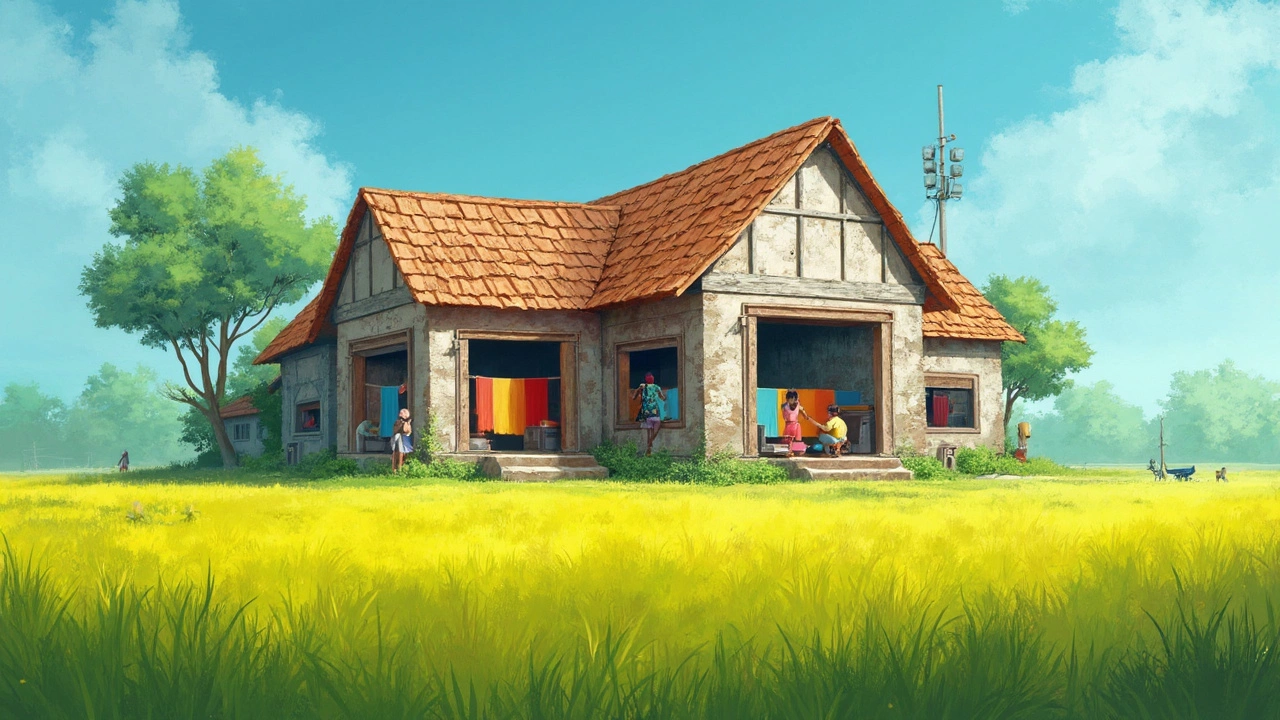Textile Factory Cost Explained
When planning a new plant, Textile Factory Cost, the total expense required to set up and run a textile production unit, covering capital, labor, materials, and overhead. Also known as textile production cost, it determines whether a venture can stay profitable in a competitive market. Understanding this figure is the first step toward a realistic business plan.
Key Cost Components
The overall textile factory cost breaks down into three main buckets. First, Raw Material Expense, the price of cotton, yarn, dyes, and other inputs that feed the production line drives a large share of the budget. Second, Labor Cost, wages, benefits, and training for operators, supervisors, and support staff directly affects both fixed and variable costs. Third, Machinery Investment, the capital spent on looms, spinning machines, and automation equipment sets the capacity ceiling and long‑term efficiency. These three entities are tightly linked: high‑quality raw material can reduce waste, skilled labor can squeeze more output from the same machines, and modern equipment can lower labor hours needed for each kilogram of fabric.
Because each bucket influences the others, a solid cost model must treat them as a system. For example, automation influences textile factory cost by lowering labor expense while raising machinery investment; the net effect depends on production volume and product mix. Likewise, bulk purchasing of raw material can shave a few percent off material cost, which adds up quickly when you run thousands of meters per day. Energy consumption and maintenance also sit under overhead but tie back to machine choice and plant layout. By mapping these relationships—raw material ↔ labor ↔ machinery—you can spot where small tweaks generate big savings.
In practice, Indian manufacturers often benchmark against industry leaders like Arvind Limited or Reliance Industries to gauge reasonable cost ranges. Data shows that a 10,000‑spindle mill typically sees capital costs around INR 500 million, labor costs near INR 120 million annually, and raw material bills ranging from INR 300 million to INR 450 million, depending on cotton prices. These numbers form a baseline; your specific product line—whether denim, polyester blends, or technical fabrics—will shift the ratios.
What you’ll find in the collection below is a mix of deep‑dive analyses, trend reports, and practical guides that flesh out each cost component. Whether you’re sizing up a greenfield project, retrofitting an old mill, or simply curious about how cost structures evolve with technology, the articles ahead break down the math, share real‑world examples, and point out hidden expenses you might overlook.
Ready to dig into the details? Browse the posts to see how raw material sourcing, labor management, and equipment choices shape the bottom line of Indian textile factories.
